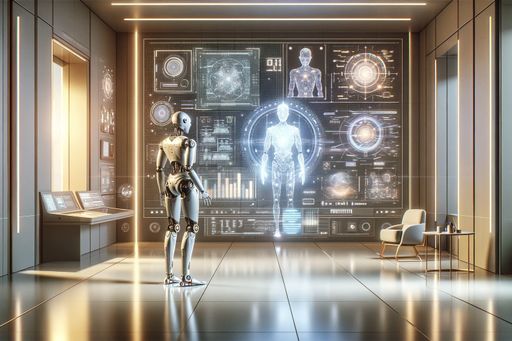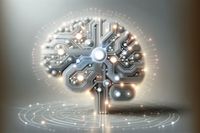Artificial Intelligence and the Fight Against Climate Change
Artificial intelligence (AI) is being leveraged to address the climate crisis in various ways. From better understanding future risks for farming to speeding up scientific discovery and predicting renewable energy supply and demand, AI has the potential to revolutionize efforts to combat climate change. However, concerns over the energy consumption and environmental impact of AI technology must be addressed. Data centers powering AI models require significant resources, and developers need to carefully consider the necessity of using AI. Data center operators and policymakers should focus on reducing the environmental impact of AI while ensuring accessibility and affordability for all nations, particularly those disproportionately affected by climate change.

AI in Farming: Assessing Risks and Optimizing Decisions
Silicon Valley startup ClimateAi is using AI to evaluate how vulnerable crops are to warming temperatures. By analyzing climate, water, and soil data, the AI platform measures the viability of growing landscapes in the coming years.
In one case study in Maharashtra, India, ClimateAi found that extreme heat and drought would lead to a 30% decrease in tomato output over the next two decades. Tomato producers adjusted their strategies by switching to climate-resilient seed varieties and shifting planting times.
AI in farming allows for quick adjustments to be made in response to climate change, saving farmers time and cost.
AI in Scientific Discovery: Accelerating Progress
AI's ability to rapidly process and find connections in vast amounts of data makes it well-suited for scientific discovery. Climate researchers can use AI to run simulations, analyze climate models, and study materials for renewable energy solutions.
AI accelerates discovery by reducing the need for trial and error and allowing for continuous learning from new data.
AI won't replace humans in the climate change fight, but it can make their work faster and more effective.
AI in Predictive Modeling and Solutions
AI is used to predict renewable energy availability, helping optimize wind power generation and anticipate energy demand. It can also assist in coastal restoration efforts by modeling the best locations for replanting to consider factors like toxins and ecosystem impacts.
AI is being used to forecast major floods, aid carbon capture research, and even provide consumers with sustainable lifestyle recommendations.
By integrating renewable capacity into existing grids and providing real-time data on renewable availability, AI helps optimize consumer demand and supply.
Balancing AI's Environmental Impact
While AI shows great promise, the infrastructure supporting it, such as data centers, can strain the environment. Energy-intensive AI models and water consumption for cooling pose challenges.
Data center operators should strategically place centers in areas with lower resource requirements and focus on reducing their environmental impact.
Policymakers must consider AI's potential benefits in fighting climate change while mitigating its environmental impact. Accessibility and affordability of AI technology should be ensured for low-income nations on the frontlines of climate change.



